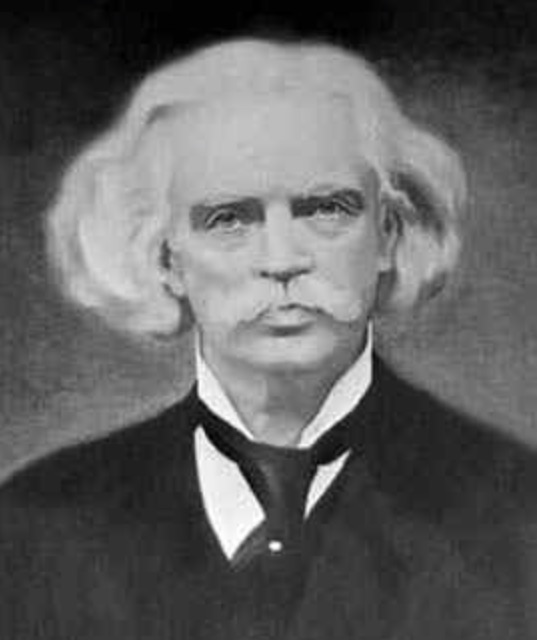
Magnus Gösta Mittag-Leffler was born on March 16, 1846 in Stockholm, Sweden. His mathematical gifts were evident early in his schooling, eventually leading him in 1872 to a doctorate in mathematics at the University of Uppsala. From there, he went to Paris where he studied under the famous Charles Hermite, who was the first to prove that e = 2.71828… is a transcendental number. Reflecting on Hermite’s lectures on elliptic functions he said, “Sometimes there is a sigh over Hermite’s lectures, so difficult to understand.”
Hermite’s admiration for Karl Weierstrass prompted Gösta to travel in 1875, to Berlin where he attended lectures given by Weierstrass on the representation of complex functions by power series–work that eventually led to what is now known as the Mittag-Leffler theorem.
In 1882, Gösta Mittag-Leffler founded the mathematical journal Acta Mathematica dedicated to publishing mathematical articles from mathematicians throughout Europe. An early promoter of women’s rights, he played a strong role in Sofia Kovalevskaya’s promotion to full professor of mathematics in Stockholm, at the University of Stockholm. As a member of the Nobel Prize Committee in 1903, he persuaded the Committee to award the prize for Physics jointly to Marie and Pierre Curie, instead of just Pierre.
Expressing a shared love of mathematics and art, he observed, The mathematician’s best work is art, a high perfect art, as daring as the most secret dreams of imagination, clear and limpid. Mathematical genius and artistic genius touch one another.
